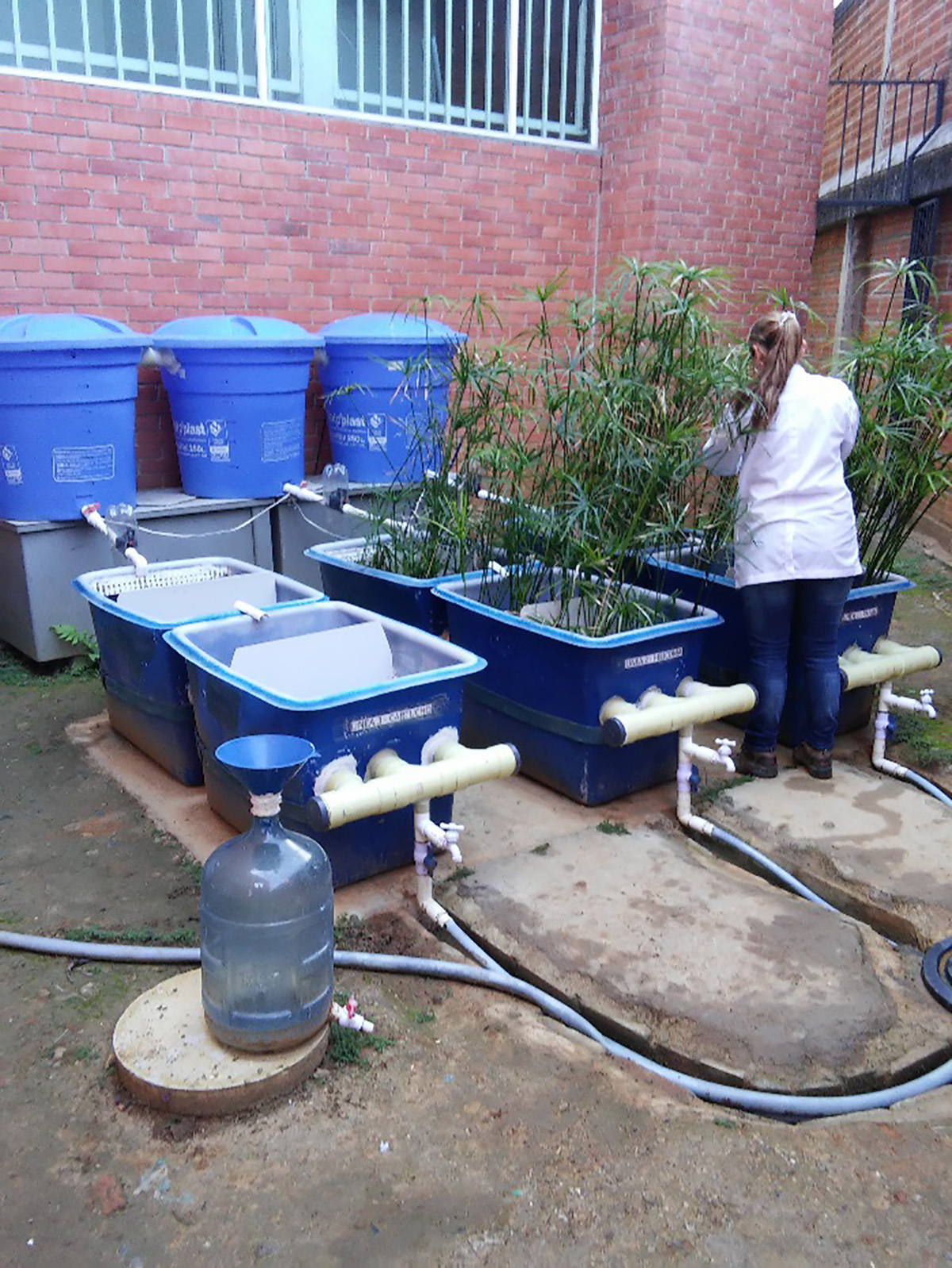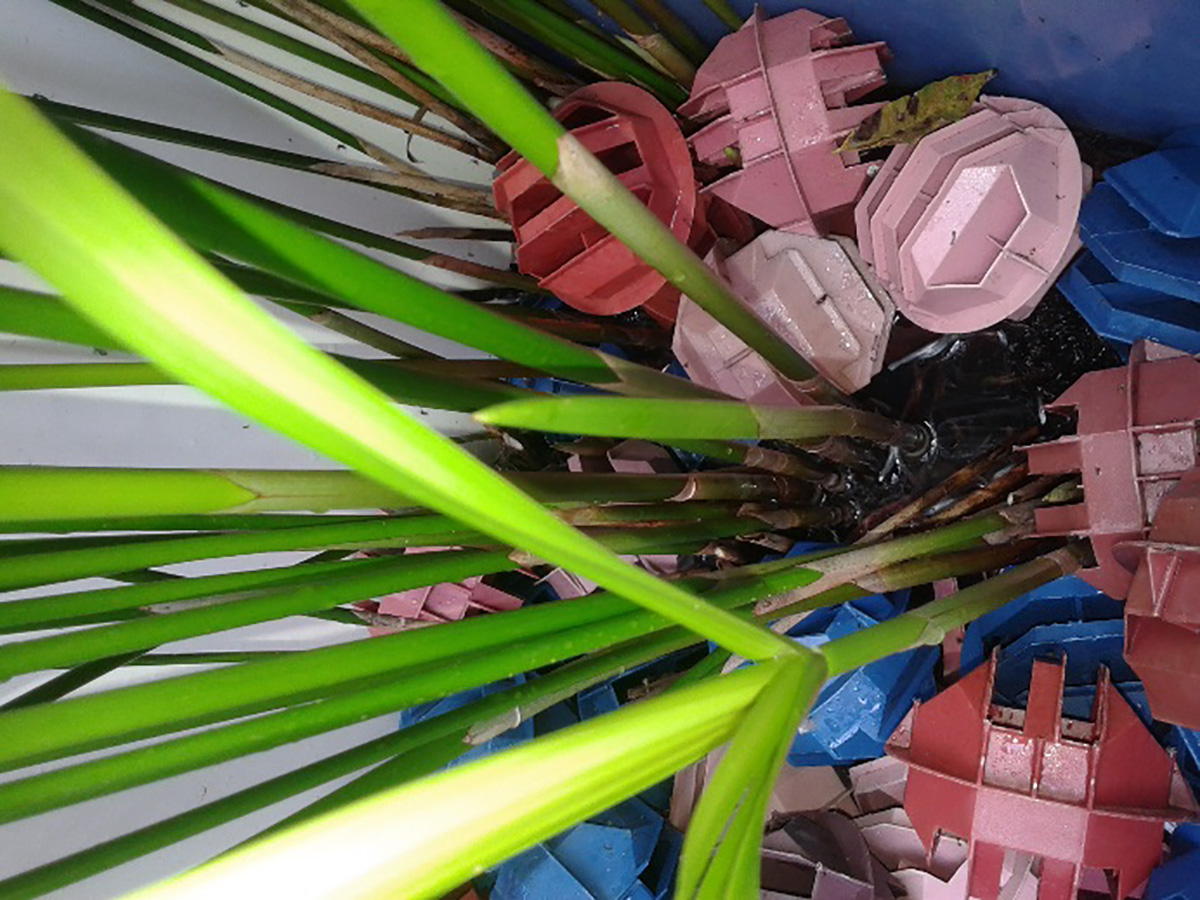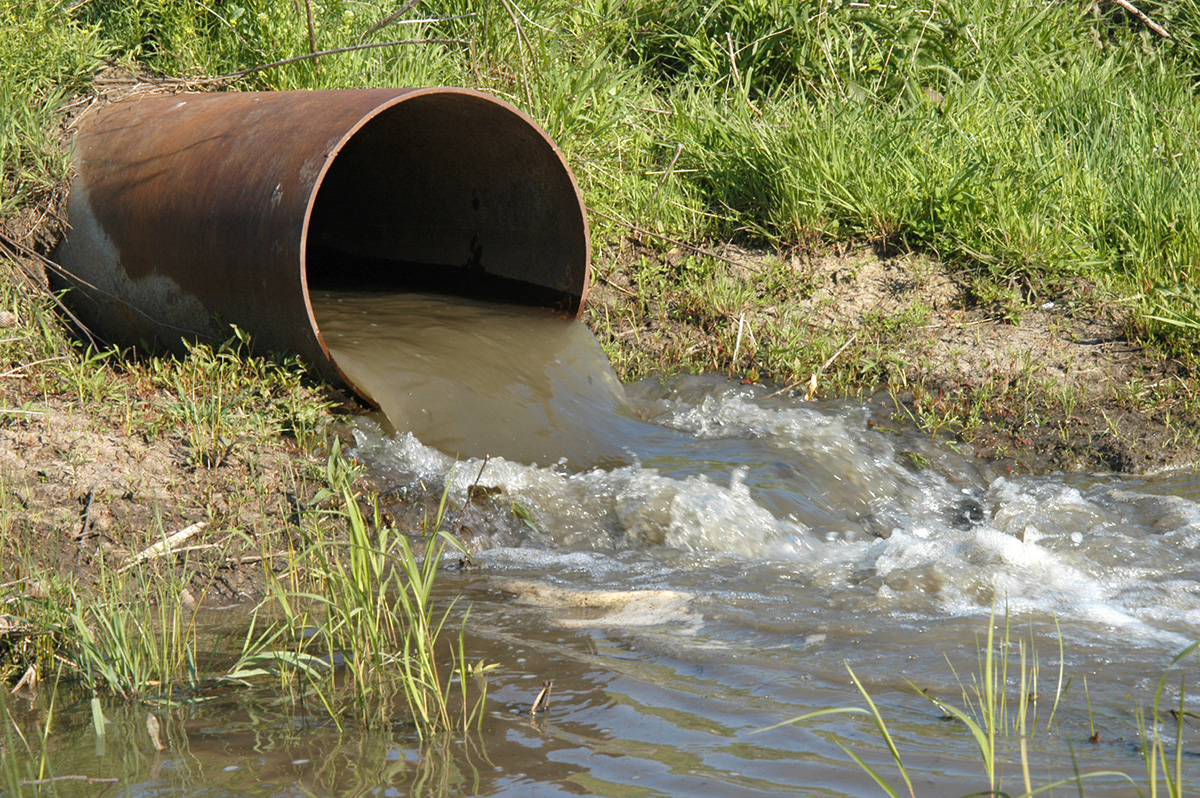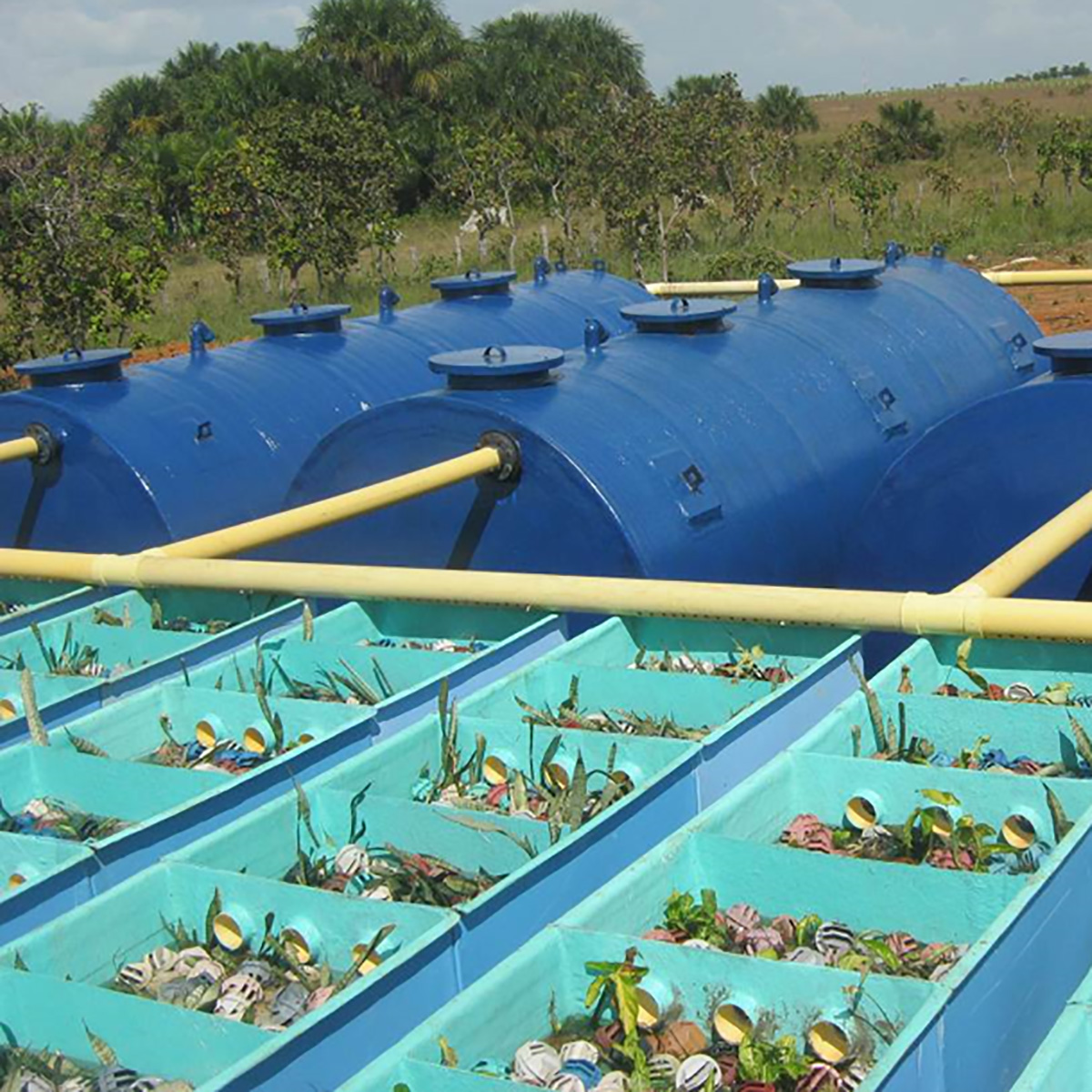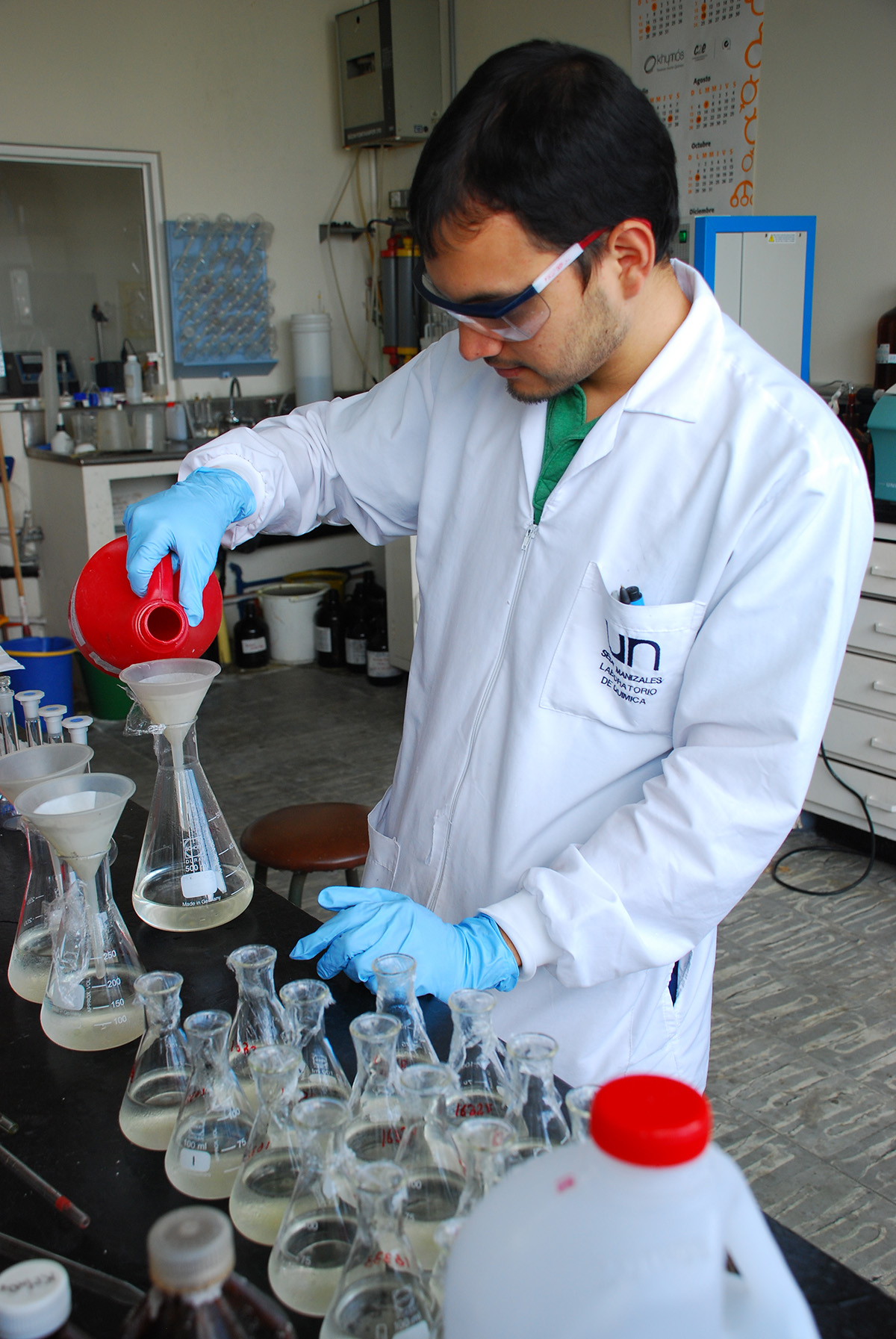The new device provides two times the surface of degradation ponds which use gravel to increase bacterial film.
The current processing systems including the aforementioned degradation ponds use gravel or sand filters as support media to form a bacterial film which breaks down the contaminants.
However in face of the need to increase the area where the biofilm is installed to increase the breaking down capability, Universidad Nacional de Colombia (UNal) Engineering Ph.D. candidate Angélica Corzo Hernández designed, modeled, characterized and patented the bacterial growth carrier with her thesis director Professor Otoniel Sanabria Artunduaga.
The biofilm is a major factor in biological wastewater processing systems; it has different microorganisms which fix and develop on the surface of different support media. Therefore as the surface increases so does the biofilm.
The bacterial growth carrier is made of recycled plastic providing a structure which affords its excellent efficacy.
"These devices have a diameter of nine centimeters and in the form of a rhombicuboctahedron with an internal mesh system which enables plant root development which is in charge of transmitting the oxygen to the pond environment," said Corzo.
The structure has indents and protrusions on the outside which allow water circulation, increasing the total area of the device and enabling film establishment.
With these carriers, the land necessary to build a traditional pond is significantly decreased which now passes from five to one square meter.
The efficiency is greater than 90% for treating domestic wastewater and up to 60% in high organic matter load wastewater coming from the food industry claim the researchers.
Thanks that the cost of implementing the degradation ponds using bacterial growth carriers is lower than other water treatment systems (due to the use of less area needed and other features), water sources could lower their pollution levels considerably.
The project developed by Corzo was awarded UNal Innovation Spirit Award, an initiative headed by the Deputy Rector"s Office of Research through the Directorate for Extension, Innovation and Intellectual Property, an acknowledgment incepted since 2013.
 Correo Electrónico
Correo Electrónico
 DNINFOA - SIA
DNINFOA - SIA
 Bibliotecas
Bibliotecas
 Convocatorias
Convocatorias
 Identidad UNAL
Identidad UNAL



